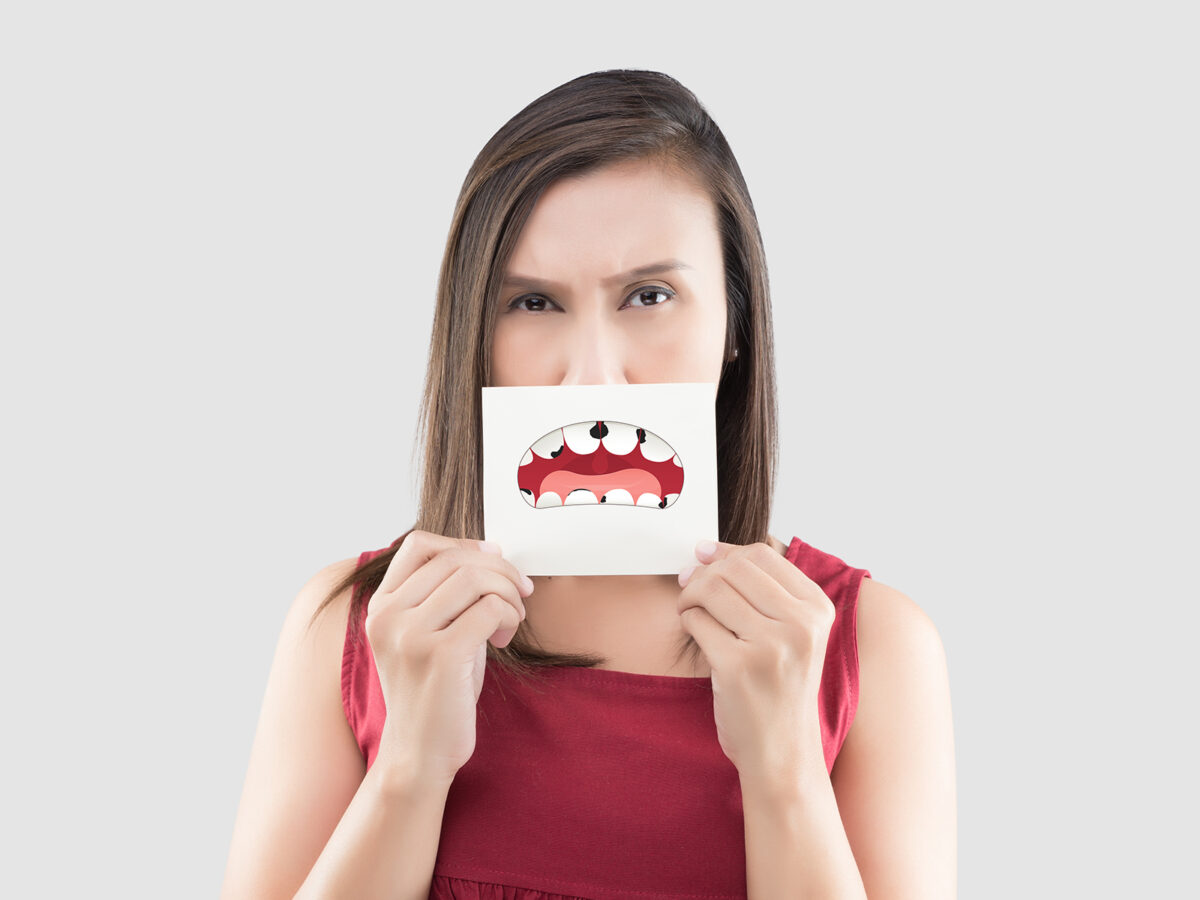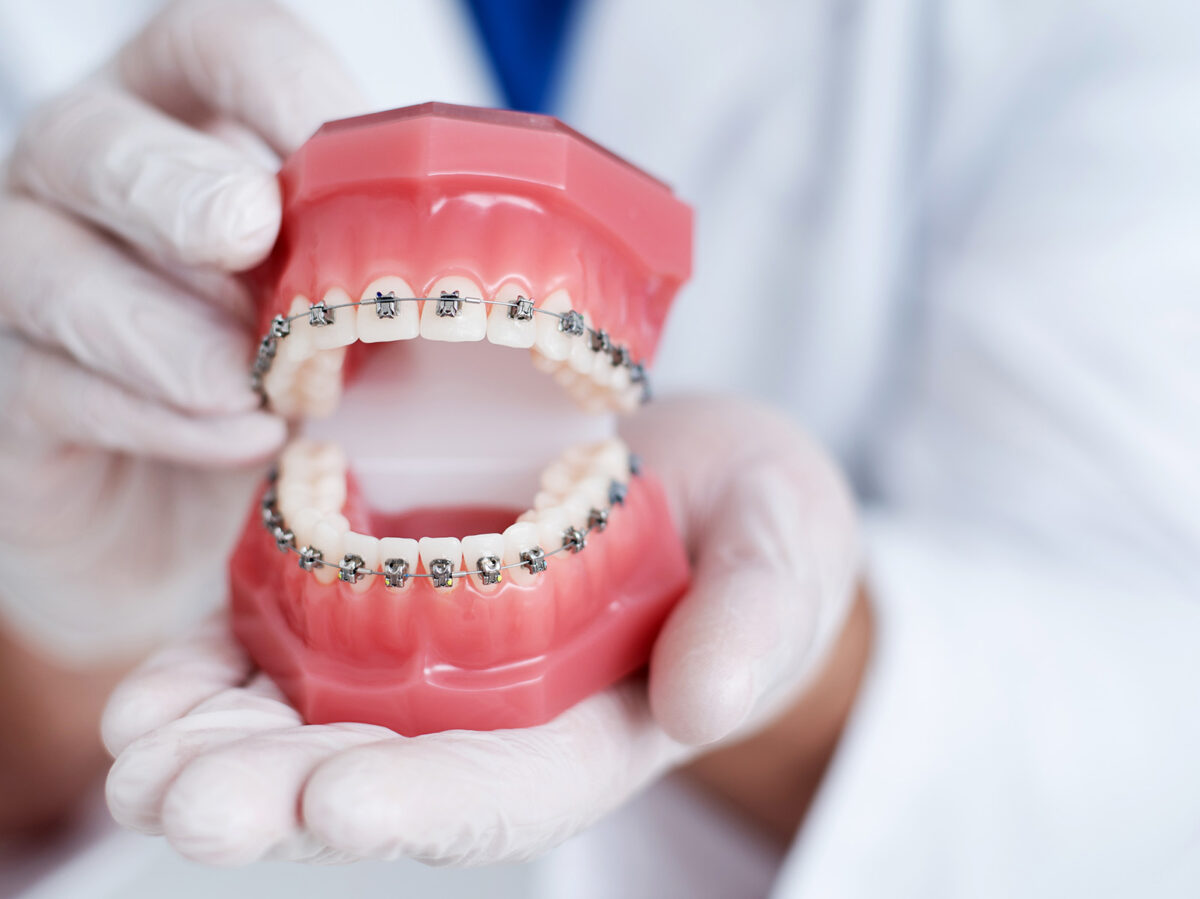Taking care of your teeth is essential to smile with assurance and enjoy optimal health. Many people ignore “black triangles” since they aren’t as well-known as other oral health conditions like tooth decay and gum disease.
The black triangles represent spaces between teeth, which can lead to stuck food, bacterial overgrowth, and other dental issues. The risks to your dental health from black triangles and some actions you may take to protect your teeth and gums is discussed in this blog. Read the full blog to find out more.
Common Oral Health Risks
Often dismissed as a cosmetic dental problem, it can attract food and cause decay. Yes, plaque builds up quickly in crevices between teeth, increasing the likelihood of cavities and abscesses.
They are very typical, and any sort of separation is usually healthy. Cleanability, gum health, and dental hygiene as a whole can all be enhanced by providing such a dedicated area. Now that we’ve established that, let’s talk about proper dental hygiene.
- Black triangles form when the gums recede or the jawbone recedes, causing the space between teeth to become too narrow to support the teeth. The emergence of black triangles is influenced by several variables, including:
- Black triangles can grow on teeth due to gum recession and bone loss brought on by advanced periodontal disease.
- When teeth are crooked or displaced, they might leave spaces in the mouth that invite the formation of black triangles.
- Black triangles form when teeth move or lean into an empty area created by a missing tooth.
Common Dangers to Your Mouth
- a) Food Impaction: The crevices between black triangles are the perfect hiding places for food particles, which can cause bad breath, dental decay, and gum disease.
- b) Plaque Accumulation: Bacteria flourish in the black triangles’ trapped food residue, accumulating plaque. Tooth decay, gum irritation, and bad breath are among the conditions that can result from increased plaque formation.
- c) Enhanced Sensitivity: The black triangles may cause the gum tissue to recede, revealing the tooth roots. Root exposure can cause tooth sensitivity, making ingesting hot or cold liquids and foods painful.
- d) Aesthetics and Self-Esteem: Black triangles leave noticeable gaps between teeth, so they are often seen as an aesthetic concern. A person’s confidence may suffer. As a result, they are uncomfortable with open displays of affection or expression.
How to avoid them?
Black triangles can be avoided with regular, thorough brushing and flossing of the teeth. Therefore, this is step one in the prevention and treatment process.
- Plaque and food debris can be removed, and gingivitis can be mitigated with regular brushing, flossing, and rinsing with an antimicrobial mouthwash.
- b) Orthodontic Treatment: When crooked teeth are to blame for black triangles, repositioning them with braces or clear aligners can help close the gaps and prevent the condition from worsening.
- c) Dentists may suggest restoring dental procedures to fix black triangles. Dental bonding, veneers, or crowns can be used to close gaps in teeth and restore their natural appearance and beauty.
- d) Gum Contouring: Excess gum tissue can sometimes cause black triangles. Recontouring the gums with either gum grafting or contouring can help make the spaces less noticeable and boost oral health.
Conclusion:
Significant threats to oral health are posed by black triangles, which can have an impact on both the form and function of one’s teeth. If you want to take preventative actions and get treatment for black triangles quickly, you need to know what causes them and the potential repercussions.
People can safeguard their oral health, improve their smiles, and increase self-confidence by practicing oral hygiene, getting orthodontic treatment if necessary, and exploring restorative options. Black triangles can be avoided, and excellent oral health can be maintained with routine dental checkups and the advice of dental specialists. Remember that a beautiful smile can open doors to a long and healthy life.





